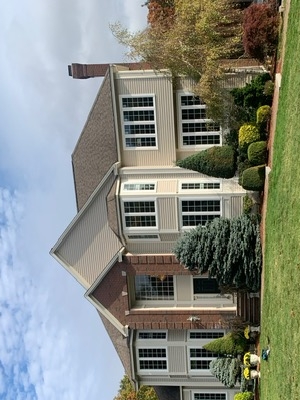Protecting your home against air leaks can result in significant cost savings in energy bills. While some leaks may be obvious, such as heating and cooling escaping underneath doors or through windows, an energy audit by a qualified technician may reveal more than you know. But ahead of that, some DIY techniques include the following;
Try a thorough interior and exterior visual inspection. This involves keying in on outdoor water faucets, areas where siding and chimneys meet, where the home’s foundation and bottom of exterior brick or siding meet, electrical outlets and switch plates, weather stripping and caulking, dryer vents, attic hatches, electrical and gas services entrances and more. Leakage that typically goes unnoticed can be detected this way.
A building pressurization test may be necessary if leaks are hard to locate. This increases air filtration through cracks and leaks, making them easier to detect. It’s more complicated than a visual inspection so be sure to follow all the steps at www.energy.gov.
Hiring a qualified technician to conduct an energy audit can save time, producing comprehensive results that allow you to make important changes.


